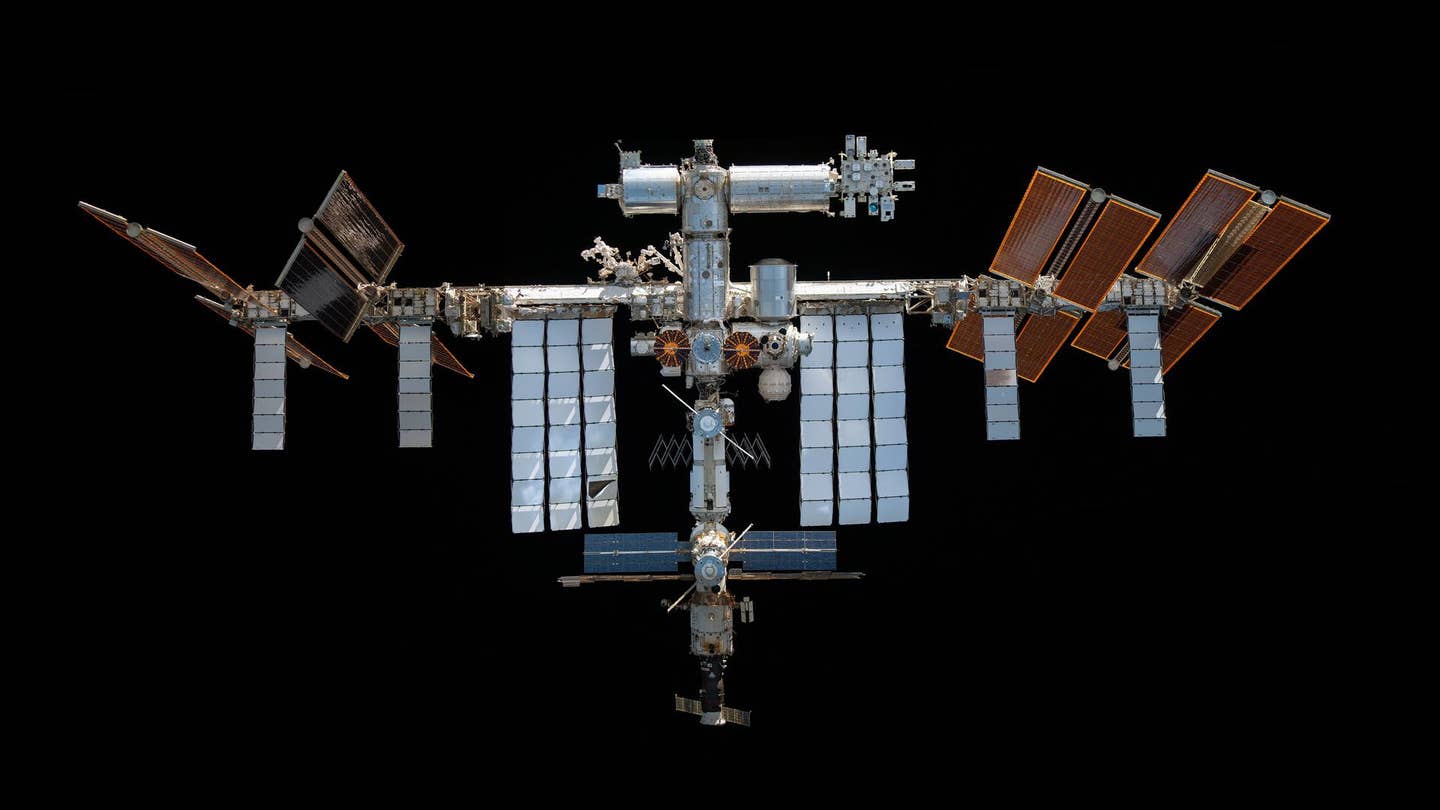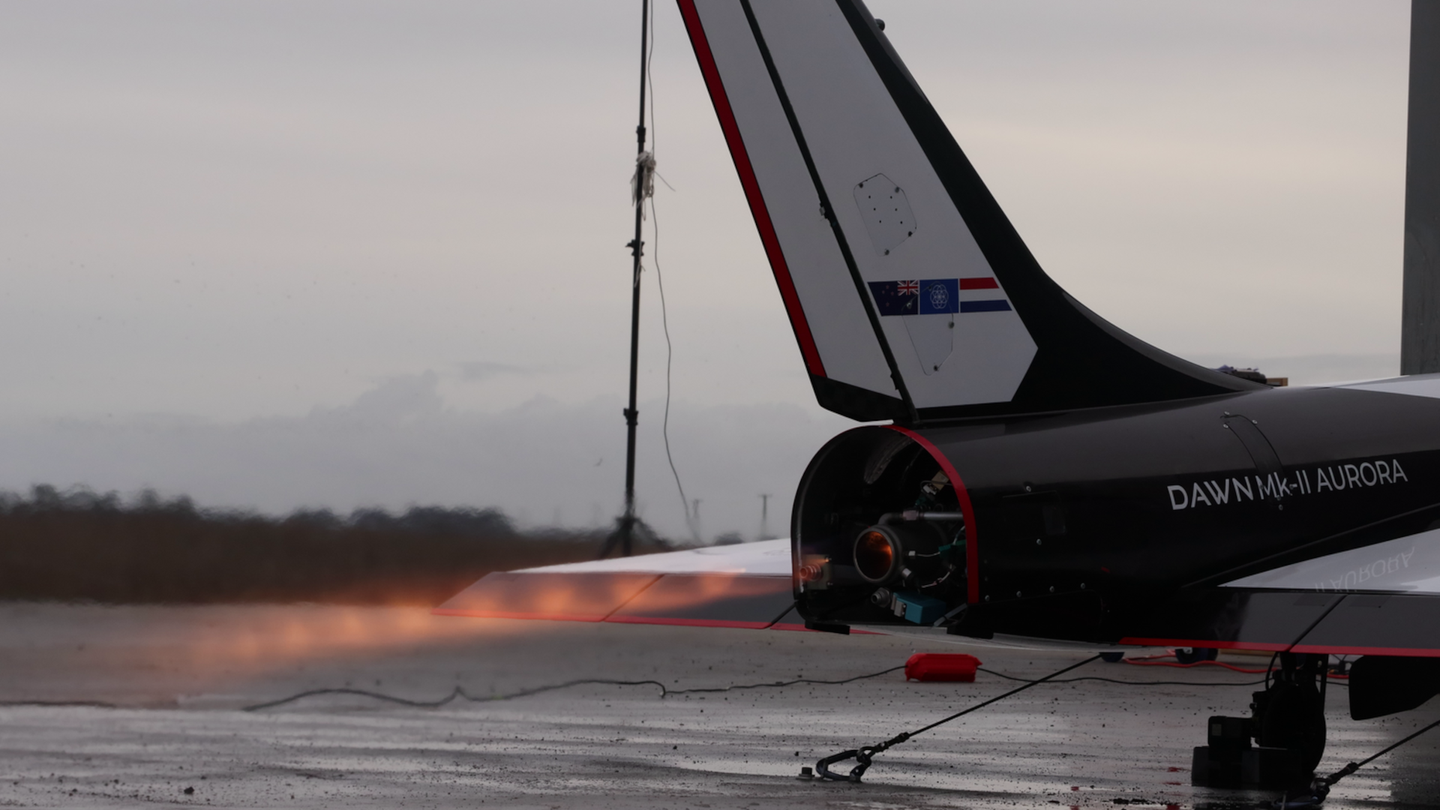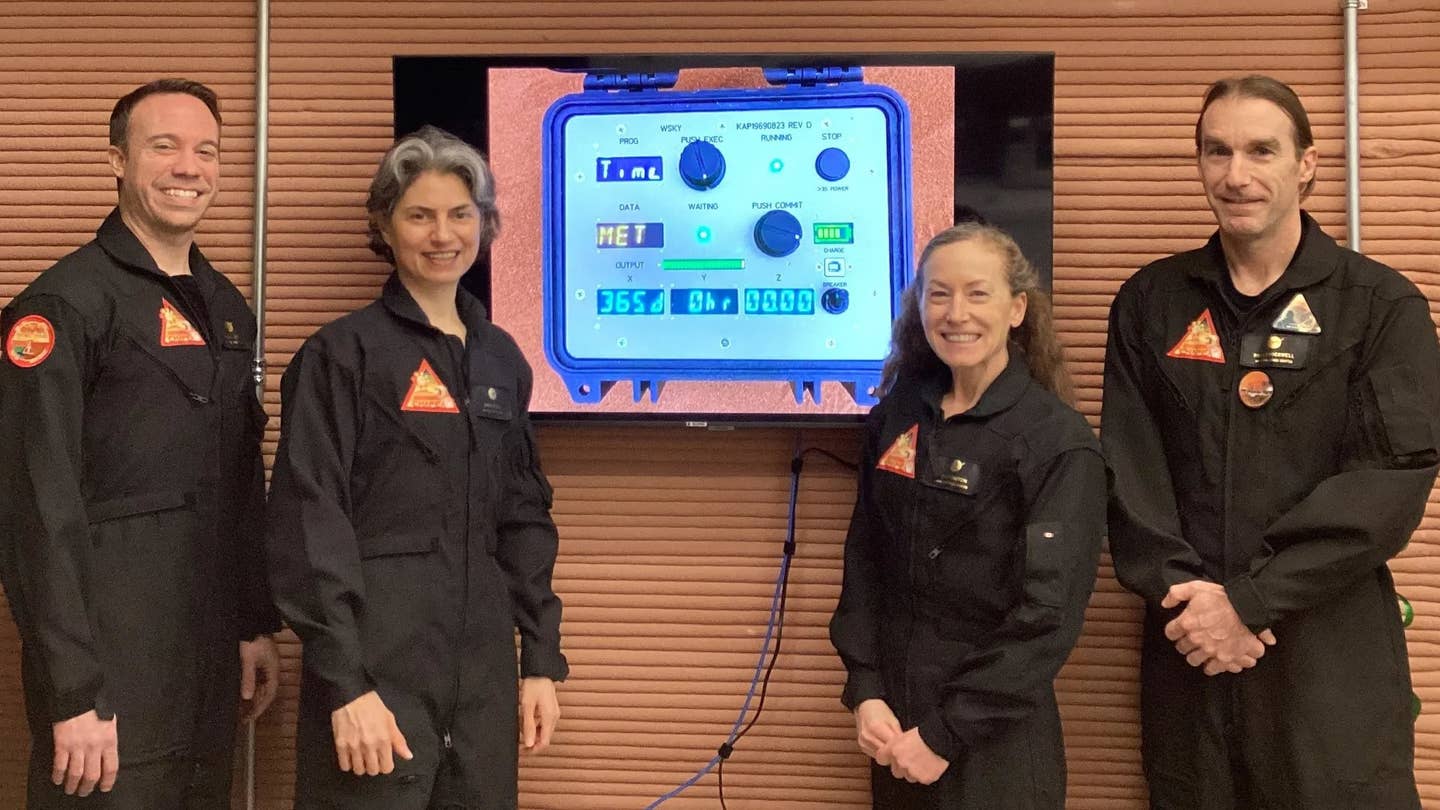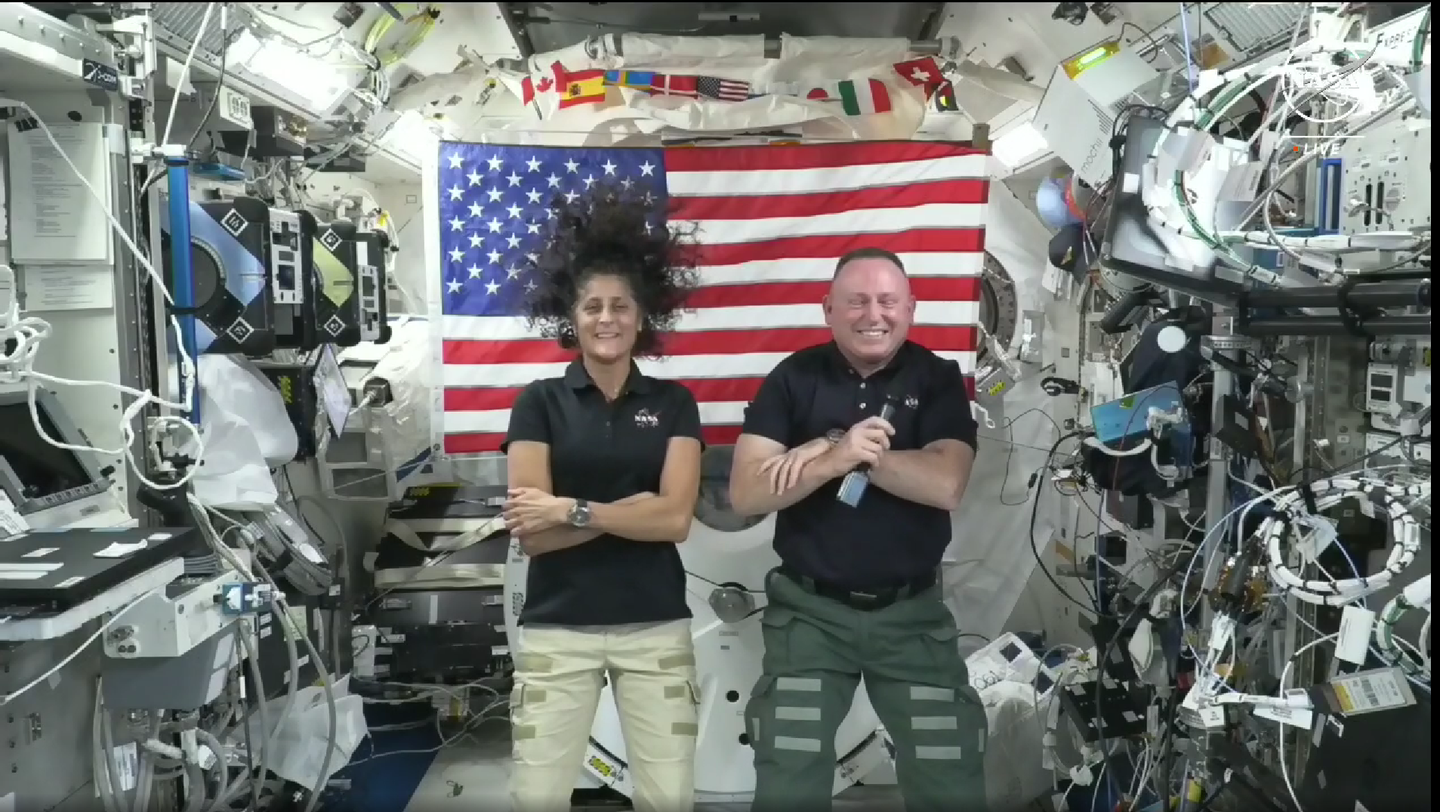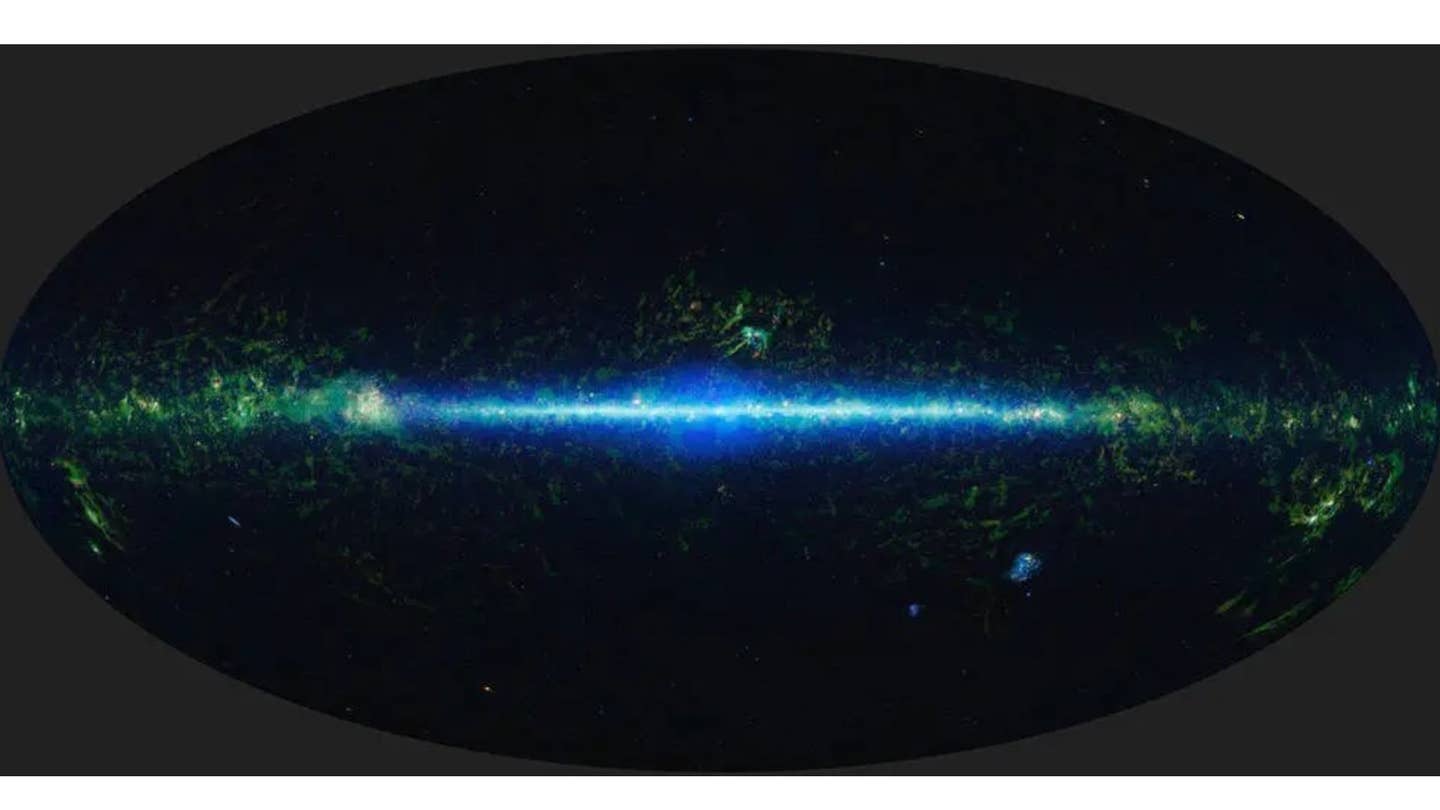NASA’s GUSTO Scientific Balloon Sets Record
The floating observatory is flying at an altitude of more than 125,000 feet.

Launching from Antarctica, Galactic/Extragalactic ULDB Spectroscopic Terahertz Observatory (GUSTO) will fly a long-duration balloon carrying a telescope with carbon, oxygen, and nitrogen emission line detectors to measure emissions from the interstellar medium, the cosmic material found between stars. [Courtesy: NASA]
A scientific balloon mission underway at the South Pole has set the record for longest flight of any NASA heavy-lift, long-duration balloon mission, according to the space agency.
NASA launched the Galactic/Extragalactic ULDB Spectroscopic Terahertz Observatory (GUSTO) scientific balloon in late December from McMurdo Station in Antarctica in order to map portions of the Milky Way and nearby Large Magellanic Cloud (LMC). The telescope tethered to the balloon is collecting data that will be used in the making of a 3D map of the Milky Way and LMC dwarf galaxy near it using high-frequency radio waves.
The stadium-size scientific balloon is measuring emissions from the material between stars to help scientists determine the life cycle of interstellar gas in the Milky Way galaxy. The floating observatory is flying at an altitude of more than 125,000 feet, NASA said.
“NASA’s long-duration balloon program provides researchers the ability to fly state-of-the art payloads at the very edge of space, affording them the opportunity to make groundbreaking observations of the cosmos more frequently and at a significantly lower cost than conventional orbital missions,” GUSTO principal investigator Christopher Walker said in a statement.
On Saturday, the balloon beat the standing record of 55 days, 1 hour, and 34 minutes, and continues to circumnavigate the South Pole, the agency said. Prior to the feat, the record holder had been the Super Trans-Iron Galactic Element Recorder balloon mission, known as SuperTIGER, which launched in December 2012.
“The health of the balloon and the stratospheric winds are both contributing to the success of the mission so far,” said Andrew Hamilton, acting chief of NASA’s balloon program office at its Wallops Flight Facility in Virginia. “The balloon and balloon systems have been performing beautifully, and we’re seeing no degradation in the performance of the balloon. The winds in the stratosphere have been very favorable and have provided stable conditions for extended flight.”
The GUSTO mission was to run at least 60 days but will continue to fly in order for researchers to better understand the limits of long-duration ballooning, Hamilton said.

Subscribe to Our Newsletter
Get the latest FLYING stories delivered directly to your inbox

